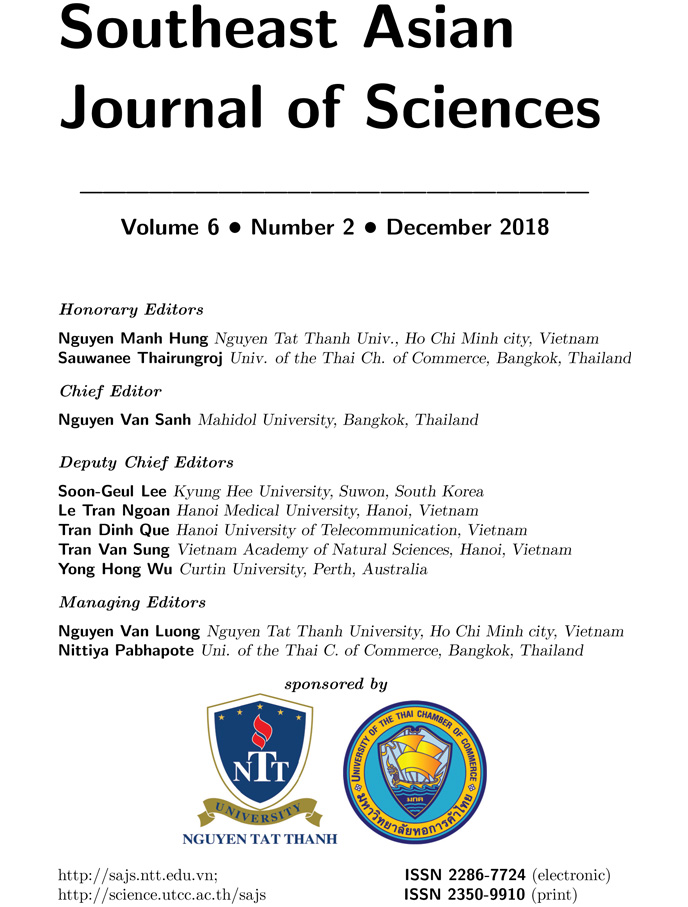EFFECT OF MONITORING BIOELECTRICITY IN GENERAL ANAESTHESIA
Abstract
Lately, most doctors have used anesthesia hemodynamic responses (heart rate, blood pressure) or based directly on the patient’s movements as sweating, eye movements, and reflecting light to adjust the anesthesia for patients during surgeries. However, they are not good predictors of the likelihood of waking during surgery or post-operative recall. To be more specific, an anesthetic process is defined ideal when the patients lose pains, lie motionlessly, and are unconscious of any happens in the surgeries. Patient’s bioelectricity such as EEG, ECG, EMG plays an important role in the judging state changes of patients’ bodies in the anesthesia process as well as the impact of external stimuli. Entropy, SPI, and NMT are 3 methods based on the patient’s bioelectricity. Entropy is used to measure the state of the brain by data acquisition of EEG (electroencephalograph) and FEMG (frontal electromyography) signals that notice the status of patients in the surgery. SPI is a new method for tracking the hemodynamic response of the patients from a level of pain in surgery, while NMT is a common way to estimate the level of neuromuscular block, also muscle response to a stimulus. Adequacy of Anesthesia (AOA) - the combination of Entropy, SPI, and NMT can
help the clinician titrate drugs according to the individual need of patients, especially in low flow anesthesia. This method also helps improve economic efficiency and environmental friendliness.

